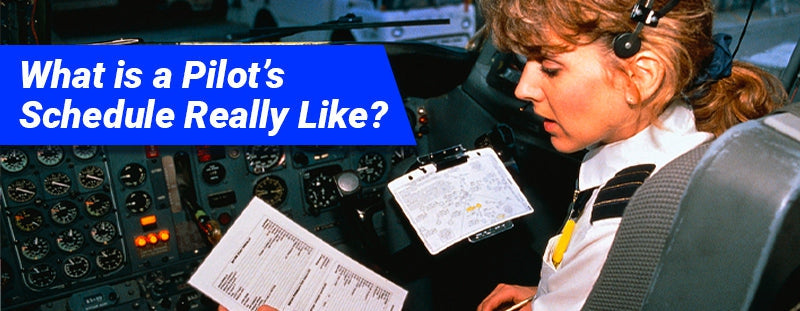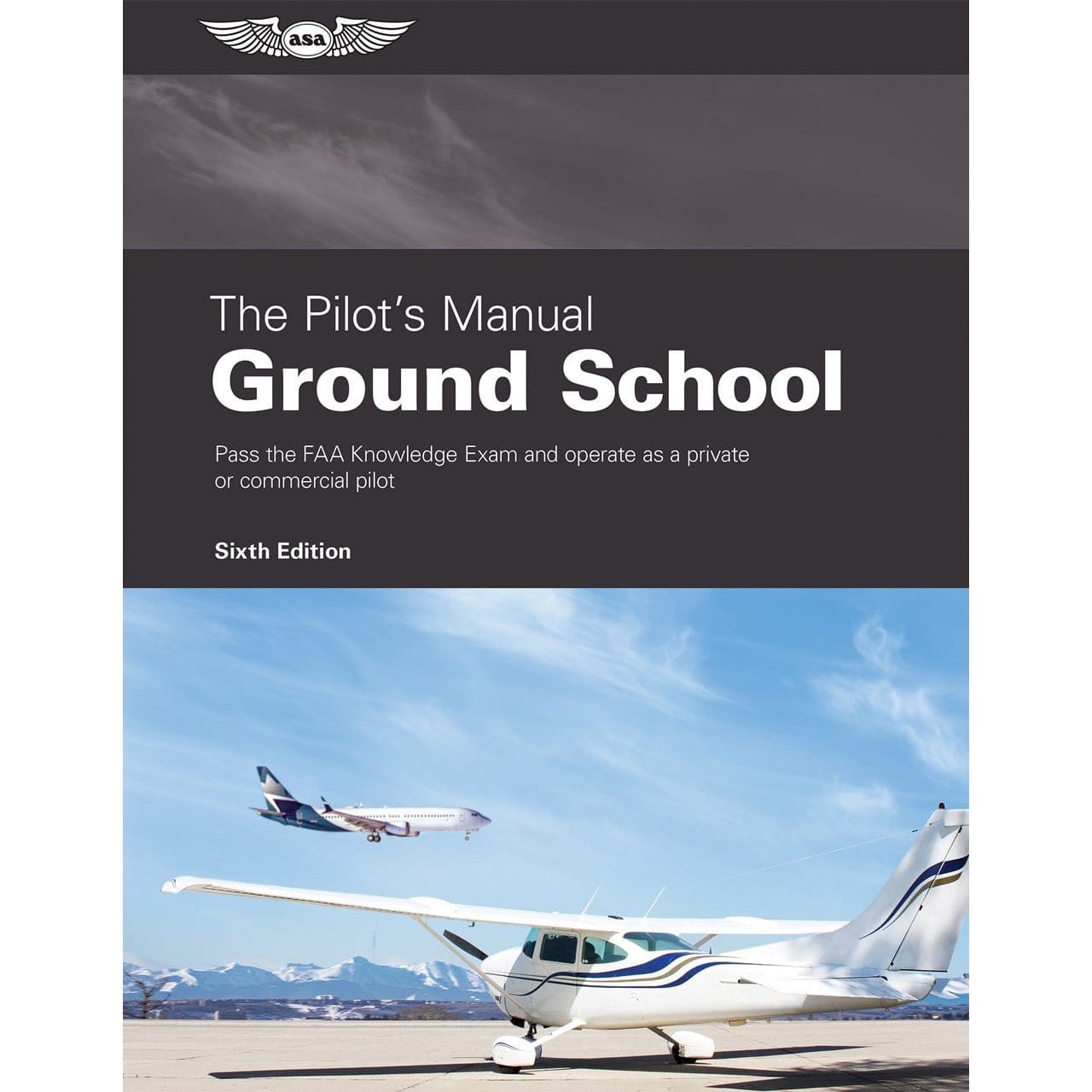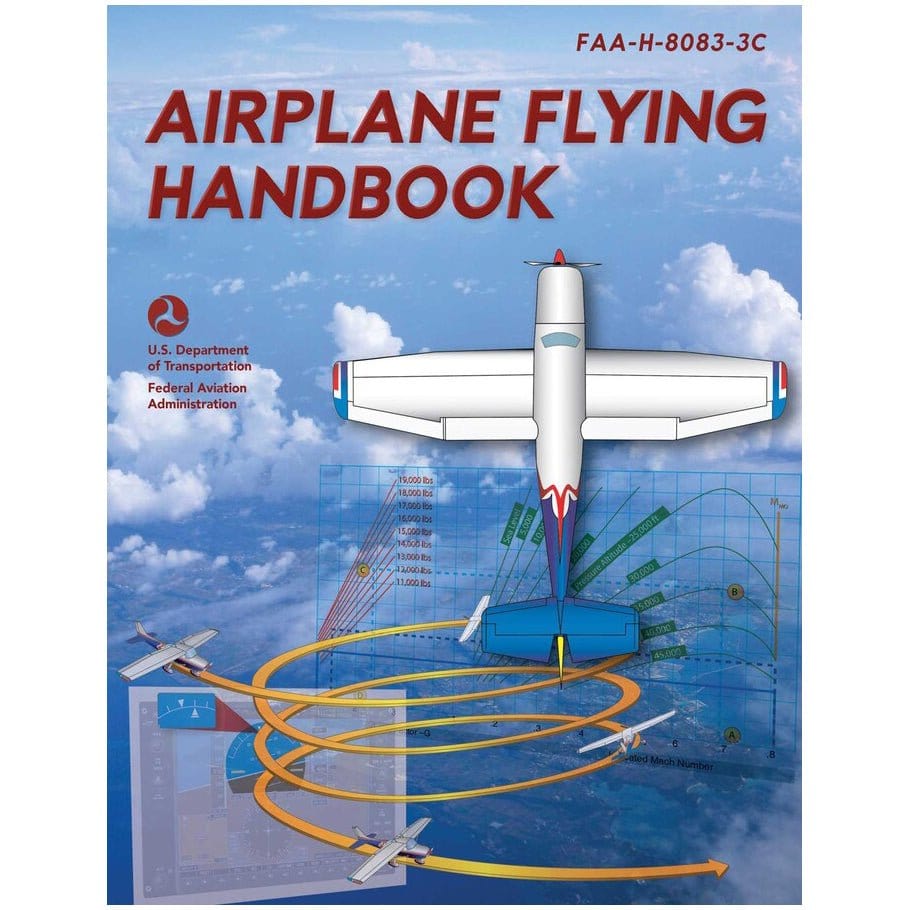Thinking about becoming a professional pilot? Congratulations! Life as a pilot can be exciting, rewarding, and memorable. It can also be challenging, stressful, and exhausting.
Getting a realistic preview of what to expect is one of the best things you can do before you commit. Today we’re sharing an overview of what life as a pilot looks like.
We’ll cover all the most common questions, then invite our more seasoned commercial and ATP pilots to share their own experiences in the comments section.
Let’s get started.
What Does a Pilot’s Day Look Like?

The life of a pilot will vary from day to day. Photo by Westwind Air Service on Unsplash
In a single word – varied.
Unlike more standardized jobs that are the same from day to day, pilots’ schedules can involve flying to different cities and countries across many time zones. Some pilots fly lots of shorter day flights, and others fly fewer long flights with layovers.
A Typical Day
When they arrive at the airport, airline pilots check in with their airline and make their way past security to the designated gate, flight bag in tow.
Once on board, the pilot meets their co-pilot(s) and flight crew, then get down to business with final pre-flight planning and pre-flight checklists. Once they receive clearance to push back from the gate, the flight gets underway.
After landing at their destination, a pilot may be done flying for the day – or not. If the pilot is doing a turn or a series of short hops, they can be back in the air in as little as thirty minutes. After completing a longer flight, pilots head to a hotel for, in most cases, at least 8-10 hours of rest before returning to the airport.
How Many Hours Do Pilots Work in a Month?

Officially, Flight time starts when the aircraft is powered up till the time it is powered down. Photo by Wenhao Ryan on Unsplash
First off, there is a difference between “work” and “fly.” Airline pilots do both.
Flight time officially starts as soon as the aircraft is powered up and ends once the plane is powered down at its destination. According to the most recent U.S. Bureau of Labor Statistics reports, airline pilots average 75 flight hours per month. The CFRs limit Part 121 pilots to 100 flight hours per calendar month and 30 hours in any seven consecutive days.
On top of flight time, pilots log an average of another 150 hours of duty time doing flight planning and preparations, weather checks, and performing other non-flying duties.
These figures put the average total monthly time worked at 225 hours.
Flying Mag agrees with these estimates for airline pilots and includes a commercial pilot average of 85 flight hours and 80 ground hours per month.
Note: Part 135 commercial pilots can log up to 120 hours of flight time per calendar month and 34 hours in 7 consecutive days.
How Long Are Pilots’ Shifts?
Pilots’ duty shifts include both duty time and flight time. In the United States, the FAA has different limits for each. Total duty shift duration is between nine and 14 hours for single pilots. Alternatively, they can be 13 to 19 hours if there are two or more pilots on the flight crew. Maximum flight time ranges from eight hours to 17 hours. This depends on the time of day the flight starts and the number of pilots on the flight.
Pilots will spend many additional hours doing non-flight duties such as weather checks, planning, and more.
How Many Hours a Day Do Pilots Work?
Flight time is included in total duty time, meaning that pilots can work as much as 19 hours a day. Regulations usually require at least an 8- to 10-hour rest break in between shifts. This means pilots are not on duty for 19 hours every single day. Plus, the 30-hour flight time limit per seven consecutive days regulation ensures that pilots aren't working back-to-back extended duty shifts.
How Many Hours Do Pilots Work a Year?
The FAA CFRs designed to reduce pilot fatigue cap Part 121 pilots’ flight time at 1,000 hours per calendar year. Based on the Bureau of Labor Statistics' average flight hour reports, most ATP pilots fly roughly 900 hours a year. Part 135 commercial pilots have an annual calendar year flight hour cap of 1,200 hours.
Pro Tip: Keeping track of hours worked is very important, so in addition to digital logbooks, many pilots choose to keep a backup physical logbook.
Do Pilots Get Weekends Off?
Let’s set realistic expectations: being a commercial or airline pilot is not a Monday to Friday 9 to 5 gig. Especially when you first start out as a junior pilot with low seniority, you should expect to work many weekends and holidays. Enjoy the holidays and weekends you do get off. Flight assignments are seniority-based, so later in your career, you should have more schedule flexibility to choose your preferred days off.
How Are Pilots’ Schedules Assigned?
Most airlines use a seniority-based line bid system to assign flight schedules. In this method, the airline creates a numbered list of schedules. Each schedule is called a “line.” Pilots look through the schedules and rank them based on their order of preference.
The highest seniority pilot gets their choice of line. The second seniority pilot gets their #1 choice of line if it isn’t the line chosen by the senior pilot. If their #1 is the same as the senior pilot’s #1, the second seniority pilot is given their #2 choice. This process continues down the list until the lowest seniority pilots get whatever lines are left over.
Reserve Pilots
Much like the game of musical chairs, there are usually more pilots than there are schedule lines. As a new hire junior pilot, expect the possibility of being assigned “reserve” duty until you gain enough seniority to hold your own schedule line.
A reserve pilot is a backup who doesn’t have a set schedule and instead is called at a moment’s notice to fill shifts that need to be filled urgently due to any number of factors, including weather/mechanical delays or scheduled pilots calling in sick.
Work-life balance is the most challenging for junior pilots flying reserve, but if you stick it out, you will eventually gain seniority and move up to holding a line which at least gives more schedule predictability.
How Often Are Pilots Home?

Pilots must enjoy flying as sometimes you may not be home for several nights in a row. Photo by Kora Xian on Unsplash
The type of pilot job you take will also determine how often you’re home. For example, if you take a position with a regional airline that does a lot of out and back-flights, you could be home nearly every night. Other long-haul pilots are gone for three or four days at a time, home for a few days, and then leave again for another trip.
In general, long-haul pilots get extended time off between work days in exchange for working longer shifts, whereas short-haul pilots could be home every night but have fewer days off.
Variables
Of course, there are a lot of variables. In his Truth About a Pilot’s Work Schedule video, Kelsey, a 747 pilot from YouTube channel 74 Gear, shares his real-world experiences. Kelsey says that corporate and charter pilots he knows usually fly a 7-day on, 7-day off schedule. He says airline pilots fly an average of 15 or 16 days a month. The schedule of those days varies by airline, but it often looks like making a three- or four-day trip followed by three or four days off.
As you gain seniority, or if your airline allows you to trade flights with other pilots (not all do), you may have more flexibility. For example, Kelsey says that he can lump all his flying days together and get several uninterrupted weeks off each month.
A final point to consider is that if you live in one of the base cities for your airline, you will have more time at home because when you complete a flight, you will already be in your hometown rather than having to commute back home once your work is over.
Do Pilots Have Time for Family?
We won’t sugar coat it: being a pilot is not the most family-friendly career in the world. That said, many pilots and their families have successfully navigated balancing the demands of an aviation career with the need for a fulfilling family life. Communication, realistic expectations, flexibility, and patience are keys to success.
Junior pilots average twelve days off a month. By the time you are a senior pilot, that number may bump up to twenty days off. The average is fifteen.
Remember, too, one of the upsides of being a pilot is the access to free and reduced-fare air travel. This applies not only to you but also to your immediate family members. When you do have time off, you can take your family on some amazing travel adventures.

Many pilots can take their families to some truly remarkable vacation destinations! Photo by Natalya Zaritskaya on Unsplash
What Is the Pilot Retirement Age?
After such a high-intensity career, you may be wondering when pilots retire. The FAA currently requires all airline pilots to retire by age 65. Some pilots will need to retire younger if they develop a disqualifying condition. This is only if it keeps them from maintaining their FAA medical certificate.
How Much Do Pilots Make per Hour?
Obviously, there is a wide pay range depending on many factors. These factors include education, certification, experience level, seniority, airline, and more. However, as of 2023, salary.com estimates an hourly range of $71 to $108 for airline pilots. The median hourly pay for an airline pilot is $88.
How Much Do Pilots Make a Year?
According to the U.S. Bureau of Labor Statistics, airline and commercial pilots' occupational outlook, as of 2021, the median commercial and airline pilot’s salary was $134,630 per year. If you narrow it down to just “airline pilots, copilots, and flight engineers,” the median bumps up to $202,180.
That’s just the average. The lowest 10% of pilots made less than $50,080, while the highest 10% brought home more than $208,000.
Is being a pilot worth it?
Only you can answer that. From an industry stability standpoint, the outlook is good. The U.S. Bureau of Labor Statistics predicts a very strong 13% growth for airline and commercial pilots between 2020 and 2030.
Want to learn more about life and work as a pilot? These reads are for you.
- Marrying a Pilot: 5 Benefits & Drawbacks You Should Know
- 7 Most Lucrative Pilot Careers
- 8 Low Time Pilot Jobs for Pilots With Less Than 500 Hours
- 6 Commercial Pilot Privileges and Limitations (You Must Know)
It’s Your Turn
Professional pilots, it’s time to weigh in. We want to hear from you. Is there any such thing as a “typical pilot’s schedule?” What type of pilot job do you currently have, and what does your work schedule usually look like? As a mentor, what advice would you give prospective new pilots who are considering pursuing a commercial or airline pilot position?








1 comment
Luis Rose
Puede un piloto seguir trabajando despues de los 65 años en compañias privadas volando un gulfstream o un falcon 50 ?? , me gusto la informacion de este contenido muy interesante sobre los pilotos !, aunque es una profesion complicada para mantener a familia o tener una relacion con alguien !, gracias !